Estimated reading time: 11 minutes
As a cat owner, you’re familiar with the quest to find the perfect litter: one that keeps odors at bay, is easy to clean, and is gentle on both your wallet and the environment.
You’ve tried clumping litter, scented options, even those promising dust-free experiences; yet none seem to tick all the boxes.
Enter pine pellets, an innovative solution growing in popularity among eco-conscious pet parents. These natural wonders offer superior odor control without relying on harsh chemicals.
Pine pellet cat litter absorbs more than 500% of its weight, making it a powerhouse for keeping your feline’s ‘bathroom’ fresh and dry.
This guide will lead you through everything from choosing the right type of cat litter box for pine pellets to maintaining cleanliness with minimal effort.
Alongside tips on transitioning your cat seamlessly to this new form of litter are eco-friendly disposal methods. Get ready for a cleaner litter experience!
Key Takeaways
- Pine pellets are a natural cat litter made from pressed sawdust. They absorb wetness and break down into sawdust, controlling odors.
- To use pine pellets, get a sifting litter box. Spread 1 to 2 inches of pellets in it and scoop out waste daily.
- When you switch your cat to pine pellets, do it slowly. Mix them with the old litter first then use more over time.
- Clean pine pellet litter boxes every 4-6 weeks and wipe them with safe cleaners.
- You can put used pine pellet litter in a compost or as bedding for outdoor animals because they’re good for the earth.
Understanding Pine Pellets for Cat Litter
Pine pellets are a natural and biodegradable alternative to traditional cat litter. They are made from compressed pine sawdust and have been growing in popularity due to their environmental benefits and superior odor control.
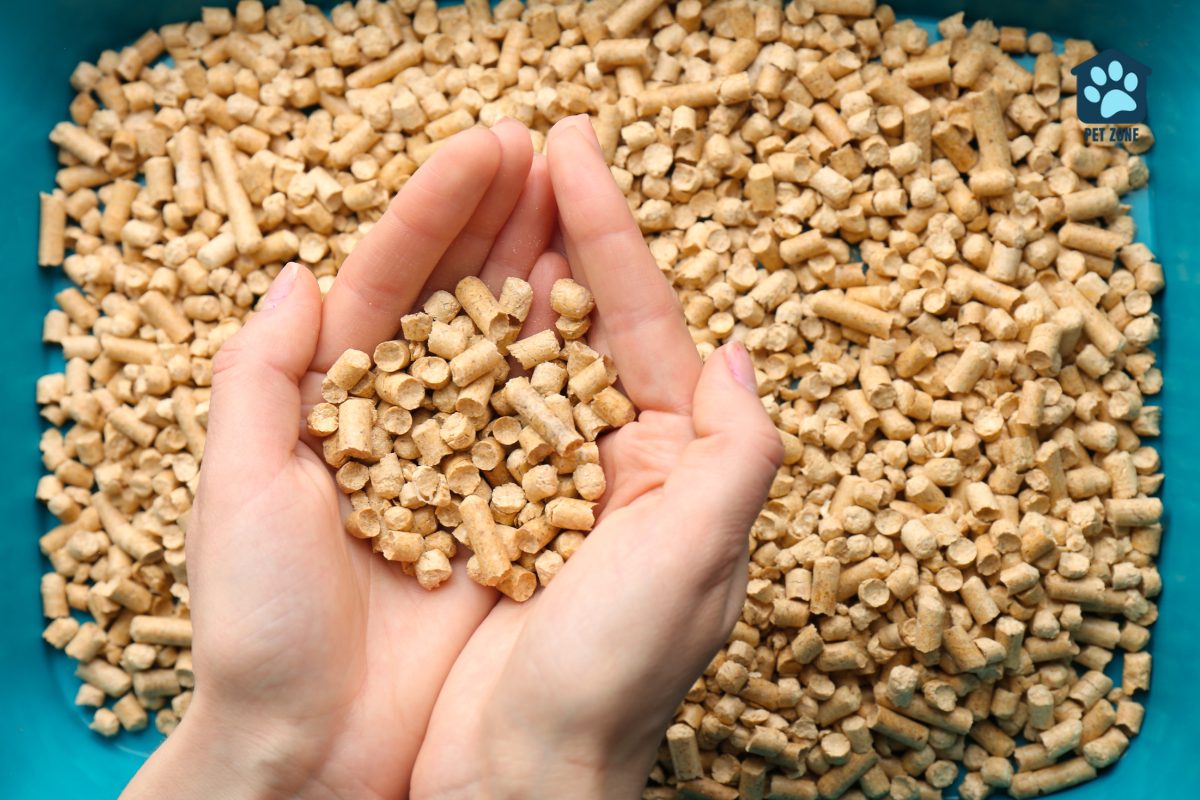
What are pine pellets
Pellets made from pine are a smart choice for your furry friend’s bathroom needs. Picture this: little pieces of recycled wood pressed into shape that stay tough until they meet moisture.
When your cat does their business, these pellets absorb the wetness and break down into sawdust. They naturally lock away bad smells and don’t need nasty chemicals to do it.
Wood pellet cat litter is catching on fast among cat parents who care about the planet. It’s all because pine pellets are natural, safe for your cat, and won’t hurt Mother Earth when you’re done with them.
And here’s a win-win: while you’re keeping your home smelling fresh, you’re also picking a budget-friendly option that lasts longer than many other kinds of cat litters out there.
Growing popularity as a cat litter alternative
Many pet owners are choosing pine pellets as a cat litter alternative. They like how these pellets soak up wetness and keep smells away. Pine pellets also stop germs from growing, which keeps your home cleaner and safer for both you and your furry friend.
These little pieces of wood come from the leftover parts of trees that people don’t use for building things or making paper. So, when you pick pine litter, you’re being kind to the Earth because it uses stuff that might otherwise go to waste.
Now let’s talk about all the great things that come with using pine pellets in your litterbox.
Benefits of Using Pine Pellet Cat Litter
Pine pellets offer a natural and biodegradable option for cat owners, providing superior odor control and cost-effectiveness. With their chemical-free composition, they are also gentle on your cat’s paws and safe for the environment.
Natural
Cats love the feel of nature, and what’s more natural than pine pellets? Made from pure wood with no added chemicals, these pellets offer a safe space for your cat to do their business. They come from trees in the timber industry that would otherwise go to waste.
Pine pellets are great for cats with allergies or asthma because they are dust free. There’s no worry about allergens stirring up trouble for sensitive noses. Plus, being all-natural means fewer skin irritations for both you and your furry friend.
Next up, let’s explore how these eco-friendly pellets help keep the planet green.
Biodegradable and chemical-free
Pine pellets for cat litter are completely natural and don’t contain any harsh chemicals, making them safe for both your cat and the environment. These biodegradable pellets break down naturally over time, reducing their impact on the planet, and they won’t release any harmful toxins into the air or water.
So when you choose pine pellets as your cat’s litter, you’re not only choosing a healthy option for your pet but also being environmentally conscious.
Now, let’s dive into how these biodegradable and chemical-free pine pellets offer superior odor control and longevity in comparison to traditional litters – ensuring a fresher home for both you and your feline friend.
Superior odor control
Pine pellets offer superior odor control compared to traditional cat litters. These pellets are designed to absorb moisture and prevent odors, making them an effective solution for keeping your cat’s litter box fresh.
Due to their increased absorbency, pine pellets provide a more reliable way of controlling unpleasant smells in the litter box.
Additionally, pine pellets offer natural odor-reducing properties without the need for chemical additives. This makes them a healthier choice for both your pet and your household environment.
Cost-effectiveness and longevity
Pine pellets offer cost-effective and long-lasting cat litter solutions. These pellets are highly absorbent, capable of holding up to 500% of their weight, which means less frequent litter changes and reduced overall costs for pet owners.
Additionally, their superior odor control properties further contribute to their longevity as a practical cat litter choice — so your home stays fresh while you save money.
When using pine pellets as cat litter, you can enjoy the benefits of natural ingredients without sacrificing durability and affordability. Now let’s delve into the best ways to use these pine pellets in your cat’s litter box.
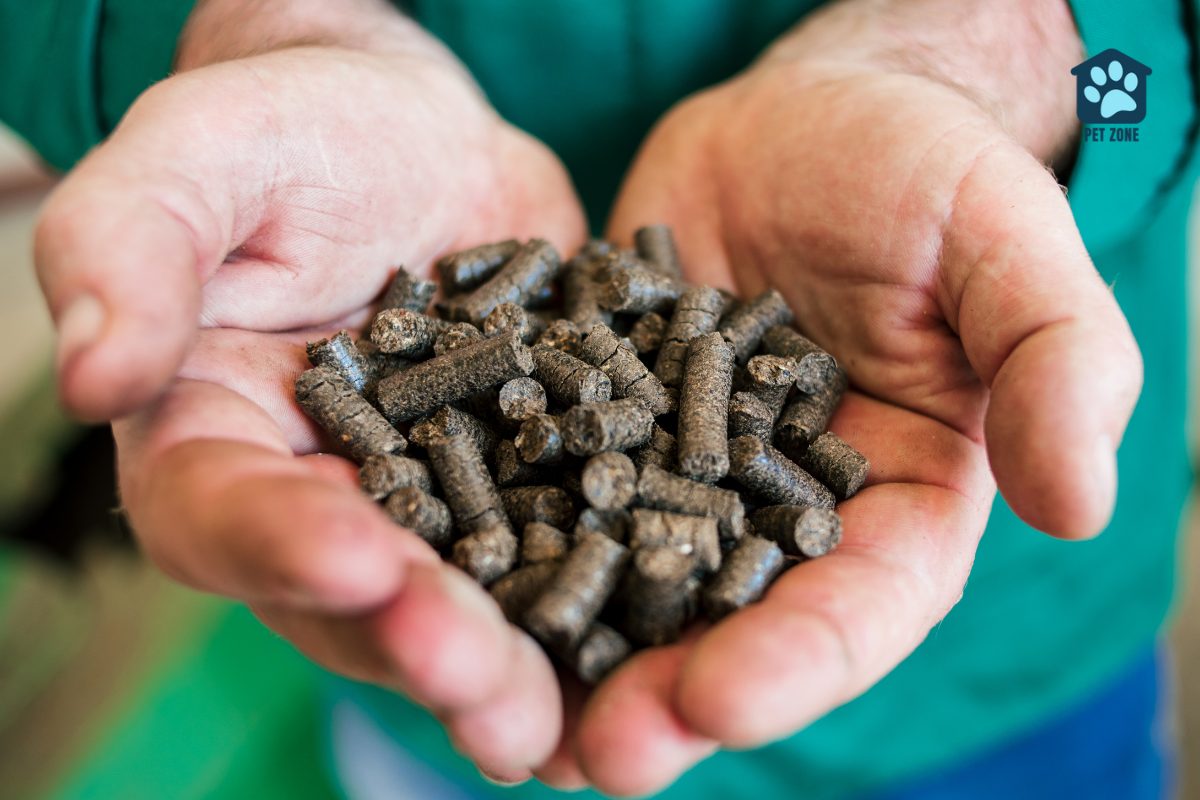
How to Use Pine Pellets for Cat Litter
When it comes to using pine pellets for cat litter, it’s essential to understand the best type of litter box to use and how to properly maintain and manage odor. To learn more about these important steps in using pine pellets for your cat, continue reading.
Best type of litter box for pine pellets
When using pine pellets for cat litter, the best type of litter box is a sifting litter box. This kind of box has two layers. The top layer has holes that let sawdust from the pine pellets fall through. The bottom layer catches this sawdust. This design makes it easy to keep the litter box clean.
Here’s why a sifting litter box works well with pine pellets:
- Easy Cleaning: When pine pellets get wet, they turn into sawdust. The sifting litter box separates this sawdust from the unused pellets. You can easily remove the sawdust without throwing away good pellets.
- Less Waste: This system means you throw away less litter. You only remove the sawdust, leaving the good pellets behind.
- No Need for Scooping: Traditional litter boxes need regular scooping. With a sifting litter box, you just lift the top layer and the sawdust falls through.
- Odor Control: Pine pellets are good at controlling odor. With a sifting box, the sawdust, which holds most of the odor, gets removed quickly. This keeps the box smelling fresh.
- Eco-Friendly: Pine pellets are biodegradable. Using a sifting box means less litter ends up in the trash. This is better for the environment.
With its simple and effective design, the Petmate Arm & Hammer Large Sifting Litter Box is recommended as one of the best sifting cat litter boxes for pine pellets.
Easy to clean, large cat litter box comes with 1 sifting box and 2 regular boxes. When cleaning, the patented sifting technology lets cat litter pass through easily, leaving clumps behind; no cat litter scoop needed.
- No scooping required
- Maximum odor control
- Made with recycled materials
Now let’s dive into how to effectively fill the litter box with pine pellets and maintain its cleanliness.
Filling the litter box
To fill the litter box with pine pellets, follow these steps:
- Choose a suitable litter box that allows for proper pellet depth.
- Pour a 1 to 2-inch layer of pine pellets evenly across the bottom of the litter box.
- Ensure the pellets are spread out to absorb moisture effectively.
- Avoid overfilling the box to prevent spillage or tracking around the area.
- Monitor the level of sawdust accumulation and top up with fresh pellets as needed.
- Consider using chick feed crumbles or wood pellet horse bedding as alternative options for filling the litter box.
Maintenance and cleaning
After filling the litter box with pine pellets, it’s important to maintain and clean it regularly to ensure your cat has a hygienic environment. Here are some essential steps for maintenance and cleaning:
- Scoop out solid waste daily using a scoop designed for pine pellet litter.
- Gently shake or stir the remaining pellets to allow the sawdust to drop to the bottom of the litter box.
- Every 4-6 weeks, completely change the old pellets with new ones to maintain freshness and odor control.
- Use a natural, pet-safe cleaner to wipe down the litter box during each full change.
Managing odor and tracking
Pine pellets help control odors and minimize tracking, making them a great choice for cat litter. Here’s how to manage odor and tracking:
- Pine pellets naturally neutralize odors, especially urine, due to their natural pine scent.
- Regularly scoop out solid waste to maintain a fresh-smelling litter box.
- Use a larger litter box with high sides to prevent tracking as the pellets are larger in size.
- Place a mat under or around the litter box to catch any stray pellets and prevent tracking around the house.
- Consider mixing the pine pellets with finer litter to further minimize tracking while still benefiting from its odor control properties.
How to Transition Your Cat to Pine Pellets
Transitioning your cat to pine pellets involves gradual introduction and training. By using positive reinforcement and patience, you can help your feline friend adjust to the new litter effectively.
Strategies to gradually introduce pine pellets
To gradually introduce your cat to pine pellets, start by placing a transitioning litter box next to the original one filled with regular litter and a few scoops of dirty litter from the old box.
Slowly increase the ratio of pine pellets to regular litter over several days or weeks. Observing your cat’s behavior throughout this process is crucial; it helps you gauge their comfort level and adjust accordingly.
Another strategy is using positive reinforcement like treats or playtime near the new pellet-filled box to associate it with positive experiences for your pet.
Potential challenges and solutions
Transitioning your cat to pine pellets can pose some challenges. Cats may resist the change or show aversion to the new litter. They might exhibit behavioral issues, such as urinating outside the litter box.
To address these challenges, consider mixing small amounts of pine pellets with your cat’s current litter gradually. Additionally, provide positive reinforcement by offering treats and praise when they use the pine pellet litter successfully.
It’s also crucial to identify and eliminate any stressors that could be causing your cat’s reluctance to use the new litter.
Disposal of Pine Pellets
To ensure eco-friendly disposal, consider composting pine pellets, which can be a sustainable and green alternative. This not only reduces waste but also contributes to the health of your garden or outdoor plants.
Additionally, proper composting methods can effectively break down the pine pellets without harming the environment.
Composting: the eco-friendly method of disposal
Pine wood pellets offer an eco-friendly option for cat litter disposal. Once used, the pine pellets can be composted, contributing to a reduction in landfill waste. Their biodegradable nature allows them to break down harmlessly back into the earth, making them a sustainable choice for environmentally conscious pet owners.
When it comes to disposing of your cat’s used pine pellets, you can confidently opt for composting or dispose of them in a landfill without causing harm to the environment. This makes pine pellets a responsible and green alternative compared to traditional clay litter.
Other green alternatives
Another green alternative for disposal is using them as bedding material for outdoor pets such as chickens or rabbits. This not only prevents waste but also serves as an environmentally friendly way to repurpose the pine pellets. By utilizing these methods, pet owners can ensure that they are being mindful of the environment while disposing of their cat’s used litter.
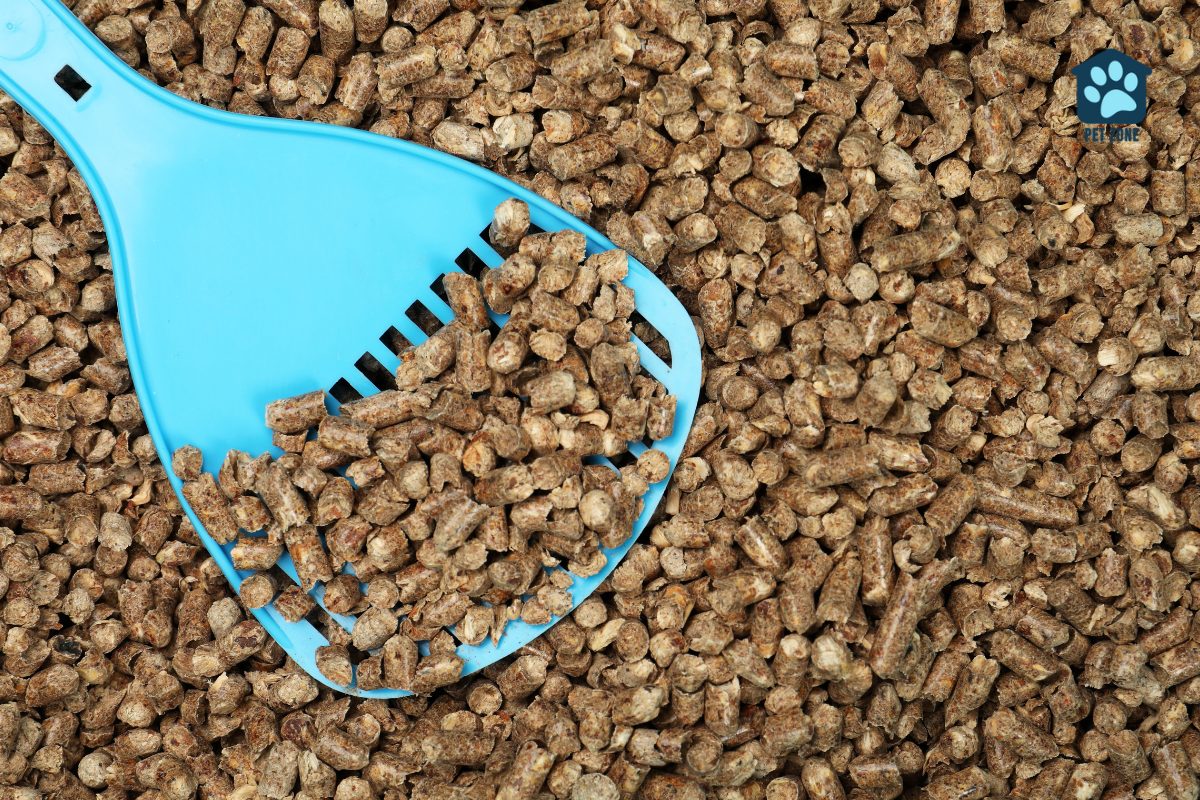
Conclusion
Using pine pellets for cat litter can be a natural and cost-effective choice for pet owners. The high absorbency and superior odor control of pine pellets make them an excellent option for managing your cat’s waste.
With proper maintenance and disposal methods, pine pellet cat litter can also contribute to eco-friendly practices in pet care. Transitioning your cat to pine pellets may require some patience, but the benefits of this alternative can outweigh any initial challenges.
By choosing pine pellets as your cat litter solution, you are not only providing a comfortable environment for your pet but also making a sustainable and economical choice for yourself.
As an Amazon Associate I earn from qualifying purchases.
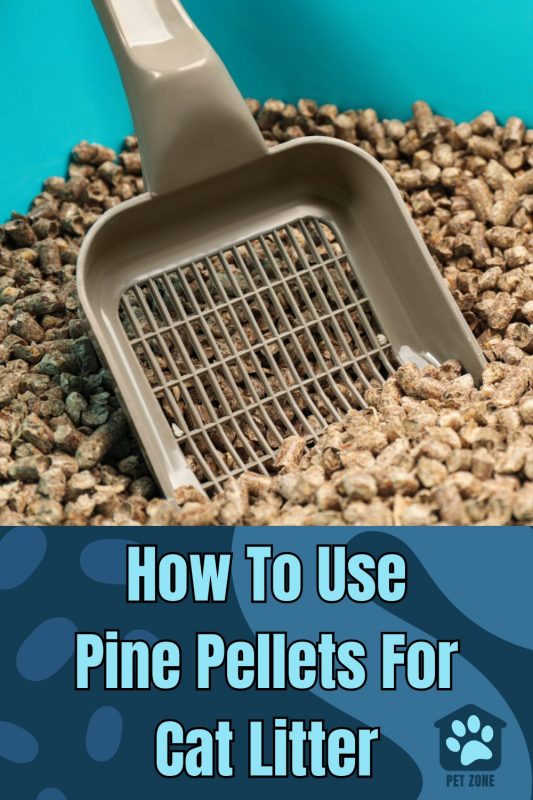


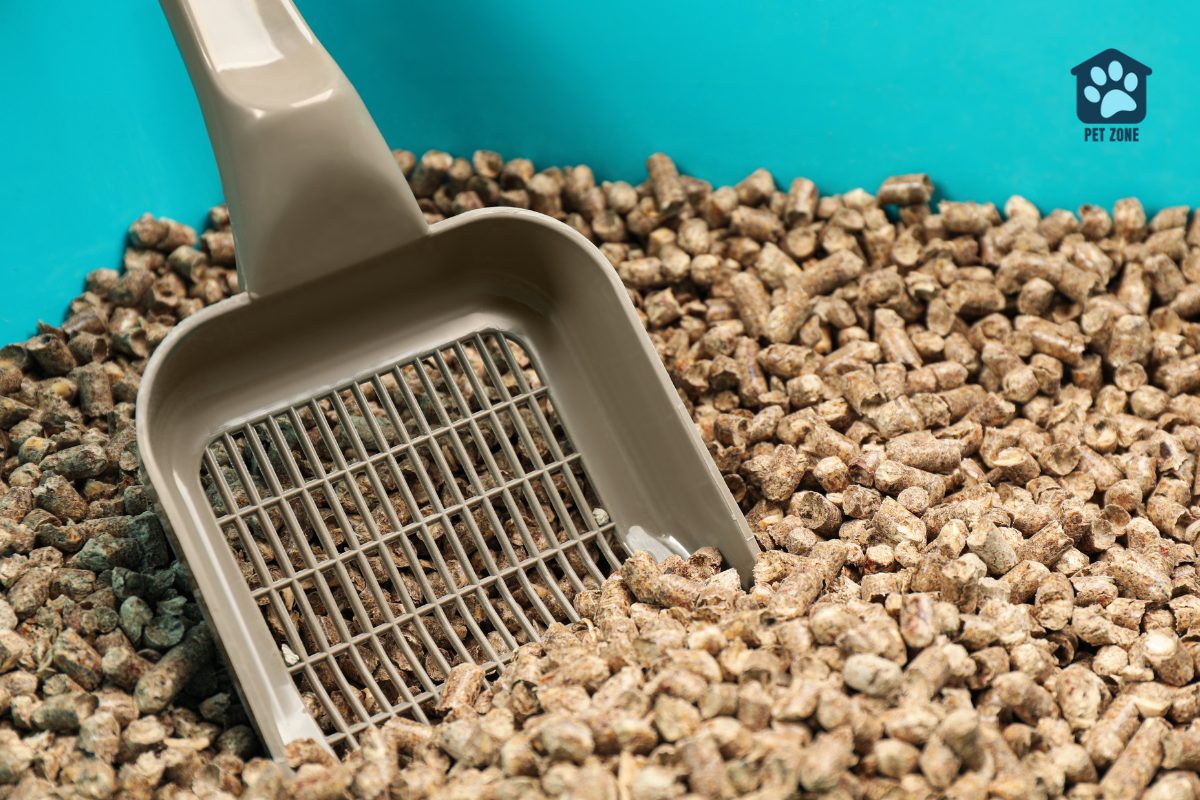
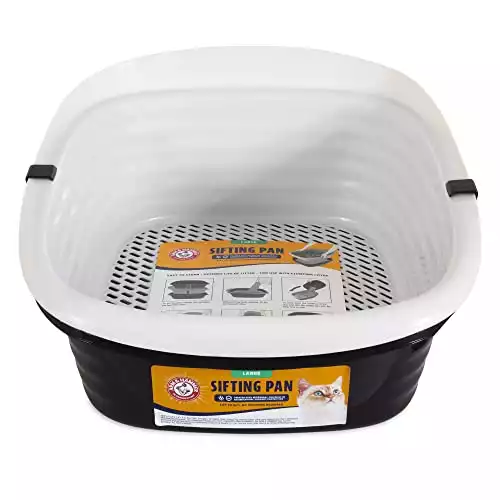
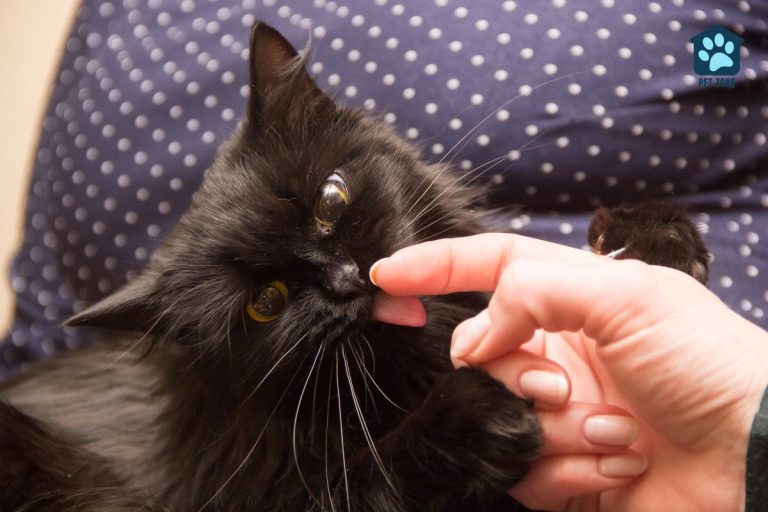
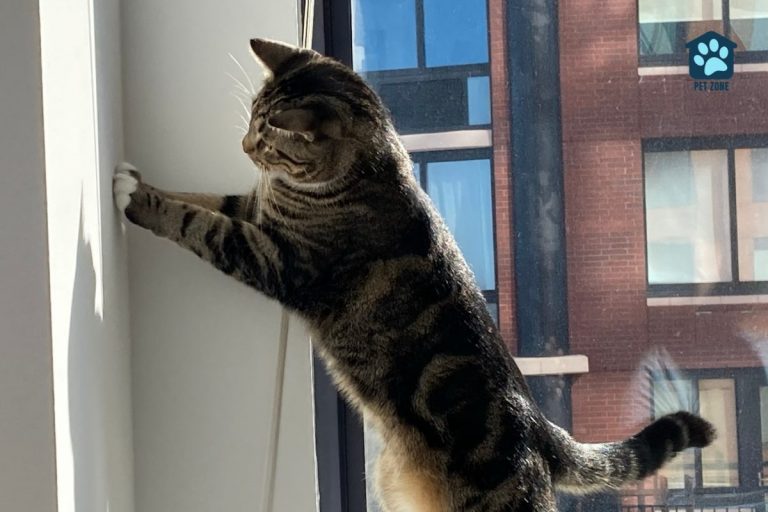
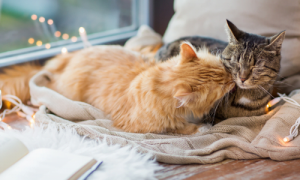
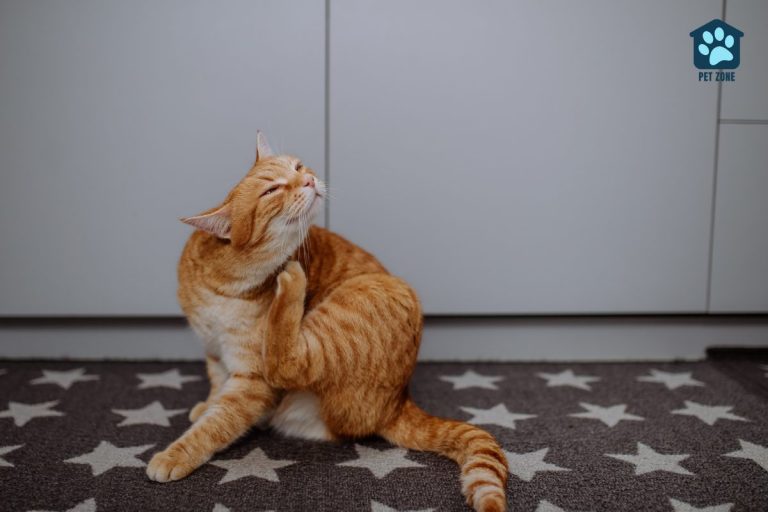
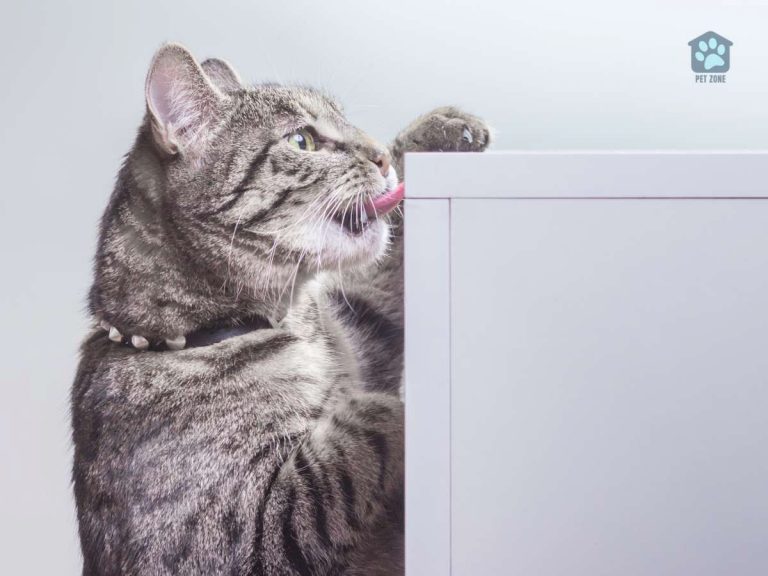
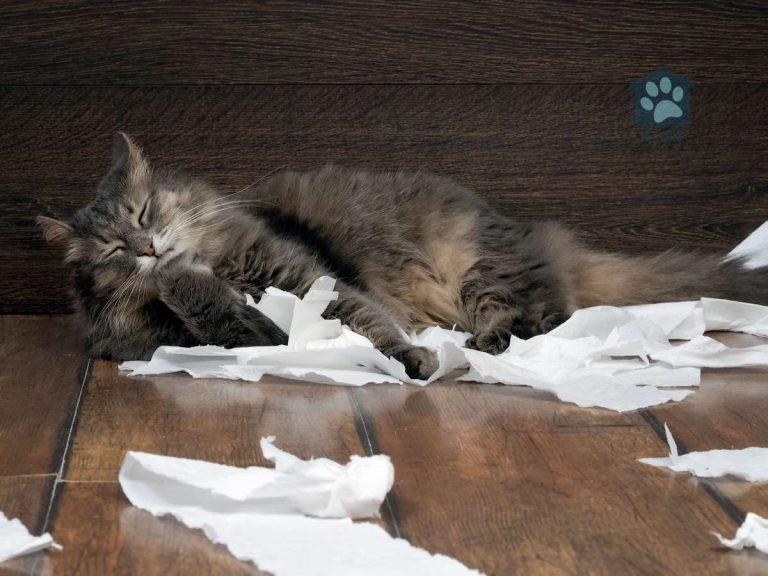
My daughter uses pellets for cat litter and likes it better than regular litter.